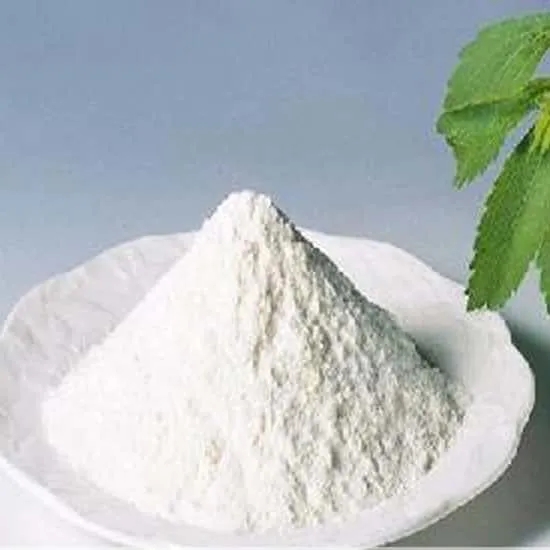Not long ago, the Processing and Engineering Technology Research Team of the Xiangyin Institute of the Chinese Academy of Tropical Agricultural Sciences made new progress in the research on the in vitro digestion mechanism of cassava, breadfruit and banana starch. This study investigated the effect of pectin on the inhibition of in vitro digestion of cassava, breadfruit and banana starch (type A/B/C ) by a flavonoid mixture (rutin - quercetin - kaempferol) . Through joint inhibition evaluation, inhibition kinetics, multi-dimensional fluorescence spectroscopy and molecular docking, the mechanism of pectin's effect on the inhibition of α - glucosidase by flavonoid mixture was revealed, and the mechanism of synergistic starch digestion between pectin and flavonoids was clarified.
Starch is a major dietary component and energy source for humans. Rapid digestion of starch can cause blood sugar levels to rise after a meal. Long-term poor blood sugar control may cause damage to the body system and induce cardiovascular and cerebrovascular diseases. Therefore, regulating the digestion of starch-based foods and the absorption of glucose are critical to maintaining postprandial blood glucose homeostasis. How some natural bioactive components (such as flavonoids and dietary fiber) affect the digestive properties of starchy foods has become the focus of current research. Currently, most studies focus on exploring the effects of single food components such as proteins, lipids, phenolic compounds, etc. on starch digestion characteristics. However, since a single active ingredient may not be able to meet people's nutritional needs, the combined use of active ingredients will be a promising trend. As the main ingredients in food, whether dietary fiber and flavonoids synergistically inhibit starch digestion requires further study.
Therefore, this study mainly explored the effect of pectin on the in vitro digestion of different crystalline starches (cassava, breadfruit and banana starch) by flavonoid mixture from an enzymatic perspective. The results showed that the combination of pectin and flavonoid mixture reduced the digestion hydrolysis rate, rapidly digestible starch content, hydrolysis index ( HI ) values and predicted glycemic index ( eGI ) values of different crystalline starches and increased the resistant starch content. Among them, cassava starch had the lowest decrease rate in HI and eGI values, followed by banana starch and breadfruit starch. Low concentrations of pectin weakened the inhibitory effect of flavonoid mixture on α - glucosidase, which was related to the non-covalent binding between pectin, α - glucosidase, quercetin and kaempferol. The low concentration of pectin - flavonoid mixture and hydrogen bonding in starch may be responsible for the enhanced starch digestion. The opposite trend was observed at high pectin concentrations, which was attributed to the formation of binary complexes of pectin - α - glucosidase. This study aims to provide theoretical support for the application of pectin and flavonoids in starch-based health foods.
The research results are based on the Hainan Provincial Key Laboratory of Suitability Processing and Quality Control of Characteristic Tropical Crops, and are supported by the Hainan Provincial Science and Technology Talent Innovation Fund, the Basic Research Fund of the Central Public Welfare Scientific Institutions of China, the Science and Technology Innovation Team of the National Tropical Agricultural Science Center of the Chinese Academy of Tropical Agricultural Sciences, and the Cassava Funding from projects such as special funds for industrial technology systems.
